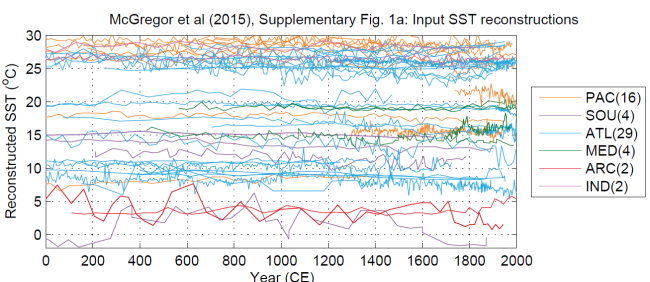my point is the earth compared to the sun simply doesn't matter in the heating of all but maybe a few hotspots on the bottom of the oceans. The top 2,000 meters is 99% warmed by the SUN Or the Green house effect readmitting the ir radiations back towards them.
Loserterians live on a planet that thinks totally opposite of me. Living out in the outback somewhere or some swamp that believes we don't need our science institutions. jeezzzzzzzzzzzz
The Sun does all the heating.
The atmosphere, with or without GHGs, affects the heat loss and therefore the equilibrium temperature.
Greenhouse gases absorb IR from the surface and warms the atmosphere.
All but the smallest sliver of energy comes from the Sun to heat both the surface and the atmosphere. There is no heating of the surface by the atmosphere, only changes in the pathway of energy loss.

 Just congratulations on having a thought. Assuming it wasn't Wiki'd...
Just congratulations on having a thought. Assuming it wasn't Wiki'd...


